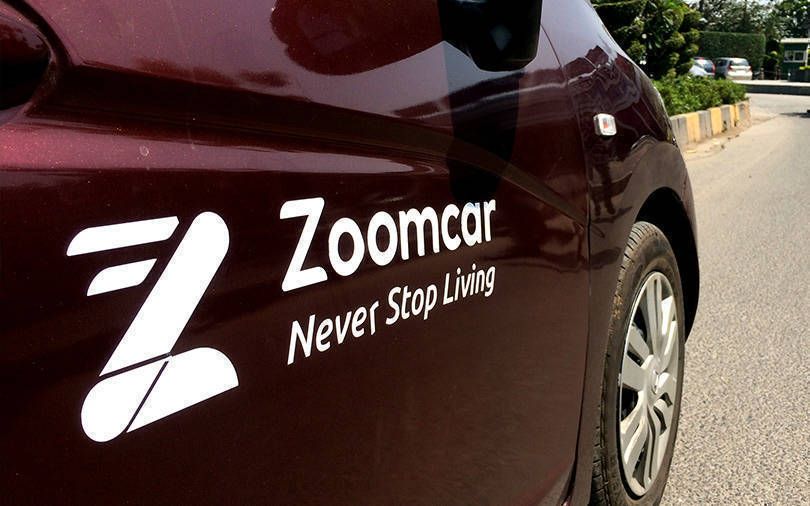Mobility as a Service (MaaS): Breaking the traditional mobility norm
Published On 21/7/2024, 6:22:36 pm Author Zeeshan Ali AqudusLearn how transportation is changing from owning cars to using Mobility as a Service (MaaS). This article shows how MaaS combines different travel options into one easy-to-use service, making travel more sustainable and affordable. Find out about the main parts of MaaS, its benefits for the environment and economy, and the technology behind it. See how governments and institutions are discouraging car ownership and promoting MaaS instead.

While I was completing my Master's from UPES, Dehradun, I got addicted to the design library and spent my Saturdays there. One day, I stumbled across a book titled "The End of Automobile Dependencies." Around the same time, there was talk about Neom, a city in Saudi Arabia planned without cars. The book provided an insightful look into how our reliance on automobiles has shaped urban development and environmental policies. It made me think about how the current mobility paradigm was created to support the oil industry, influencing city planning and infrastructure.
That was also when I bumped into Local Motor's Olli, an autonomous shuttle designed for NVHS environments. It was an open-source project on Launchforth, an online co-creation platform, and I got the opportunity to provide my design insights through design challenges. I designed a case study on MaaS, and fortunately, the folks there liked it.
I also came across Volvo's plan to offer car subscriptions, similar to taking a car on loan but without ownership. Instead of paying EMIs, you'd pay a subscription fee, and the company would take care of the car. Startups like Zoomcar were also emerging in the MaaS domain. It was 2019, and while the term MaaS wasn't very popular, there was a lot of work happening in this area, even in India.
Further, in India, the new scrapping policy has discouraged long-term car ownership, as vehicles are often scrapped after 15 years for petrol cars and 10 years for diesel cars. This has weakened the appeal of owning a car. As a result, the used car market has grown, and the concept of Mobility as a Service (MaaS) is now flourishing.
How MaaS affects the automotive economy
Traditionally, the automotive economy was heavily reliant on vehicle sales. With the rise of MaaS, revenue models are shifting towards subscription services, pay-per-use, and mobility packages. This change is altering how automotive companies generate income, with an increased focus on service-based models rather than one-time vehicle purchases.
MaaS encourages users to opt for shared mobility solutions rather than owning personal vehicles. This decline in vehicle ownership affects car manufacturers, as the demand for new cars may decrease. As the demand for vehicle ownership decreases, supply chains may need to adapt. Automotive companies may shift their focus from producing individual cars to manufacturing vehicles suited for shared use, which could lead to changes in production processes and supply chain.
Traditional car ownership involves several responsibilities, including maintenance, servicing, and obtaining Pollution Under Control (PUC) certificates. MaaS models, particularly vehicle subscription services, remove these concerns by handling all aspects of vehicle care. Users simply pay a subscription fee and drive, with the service provider managing maintenance, repairs, insurance, and other administrative tasks. This convenience appeals to those who prefer not to deal with the responsibilities of owning a vehicle.
Electric vehicles (EVs) are set to play a significant role in the MaaS ecosystem. Their environmental benefits align with the sustainability goals of many MaaS initiatives. EVs also offer lower operating costs compared to traditional internal combustion engine vehicles, which makes them an attractive option for subscription-based services.
















